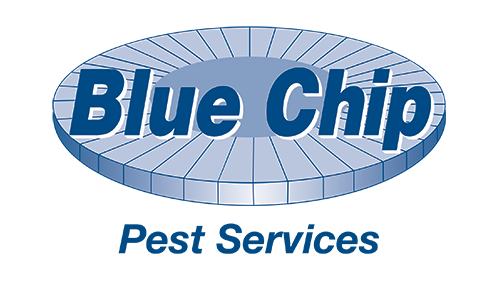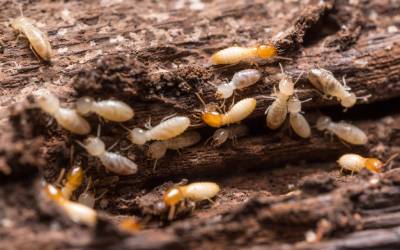As the temperatures rise in St. Louis, Missouri, homeowners need to be aware of a pest that can severely damage their homes: termites. Termites can be active all year round. But spring is when they begin to swarm, looking for new places to create colonies. It would help to identify why termites swarm and which ones would in St. Louis, MO.
The Subterranean Termite
Preferring to live in underground colonies, these social insects love to munch on cellulose-based materials like wood. These swarming termites construct mud tubes to move between their nests and food sources, protecting them from predators and dehydration.
Subterranean termites have a highly organized caste system with workers, soldiers, and winged termites. They are a significant threat to the structural integrity of buildings and homes. As such, regular termite inspections by a professional exterminator are necessary to identify problems before they become severe.
Why Do Termites Swarm?
Termites swarm to create new colonies. When a colony becomes too big, termites with wings, or alates, will leave to start a new colony. Swarming often takes place in the spring during warm, humid conditions. This is the perfect time for termites to mate and start new colonies.
Which Termites Would Swarm?
Not all termites will swarm. Only mature colonies will send out termites with wings to mate and start new colonies. The two most common types of swarming termites are subterranean and drywood termites.
Subterranean termites live in the soil. They build mud tubes to access above-ground food sources, such as your home’s foundation or wooden structures. These termites typically swarm during the day, usually in the spring. Drywood termites, on the other hand, do not require contact with soil and live within the wood they infest. These termites swarm at night, usually in the late summer or fall.
Signs of a Termite Swarm
The most apparent sign of a termite swarm is seeing winged termites around your home. You may notice these termites on windowsills or around light fixtures. You may also see discarded wings around your home, as the termites will shed their wings after mating.
Other signs of a termite infestation include:
- Hollow-sounding wood.
- Mud tubes around the foundation of your home.
- Cracked or distorted paint on wooden surfaces.
- Tight-fitting doors or windows.
- Soft or crumbling wood.
Call a qualified exterminator if you see any of these signs. Your property may sustain severe damage from termites, and the longer you wait, the more serious the damage can become.
Preventing Termites
Preventing termites from entering your home is crucial. You can keep termites out of your house by taking the following steps:
- Keep firewood away from the base of your house.
- Fix any leaky pipes or faucets.
- Ensure your gutters are functioning correctly and clean.
- Remove sources of standing water near your home.
- Seal cracks or holes in your home’s foundation.
- Trim any bushes or trees that are in contact with your home.
Regular termite inspections by a professional exterminator are essential to catch any potential termite problems before they become too severe.
Call a Professional Exterminator
You must contact a qualified exterminator as soon as you suspect you have a termite problem. They can identify your termite type and create a plan to eliminate the infestation. Blue Chip Pest Services is a professional exterminator in St. Louis specializing in termite control. Click here to contact us and schedule an inspection.


